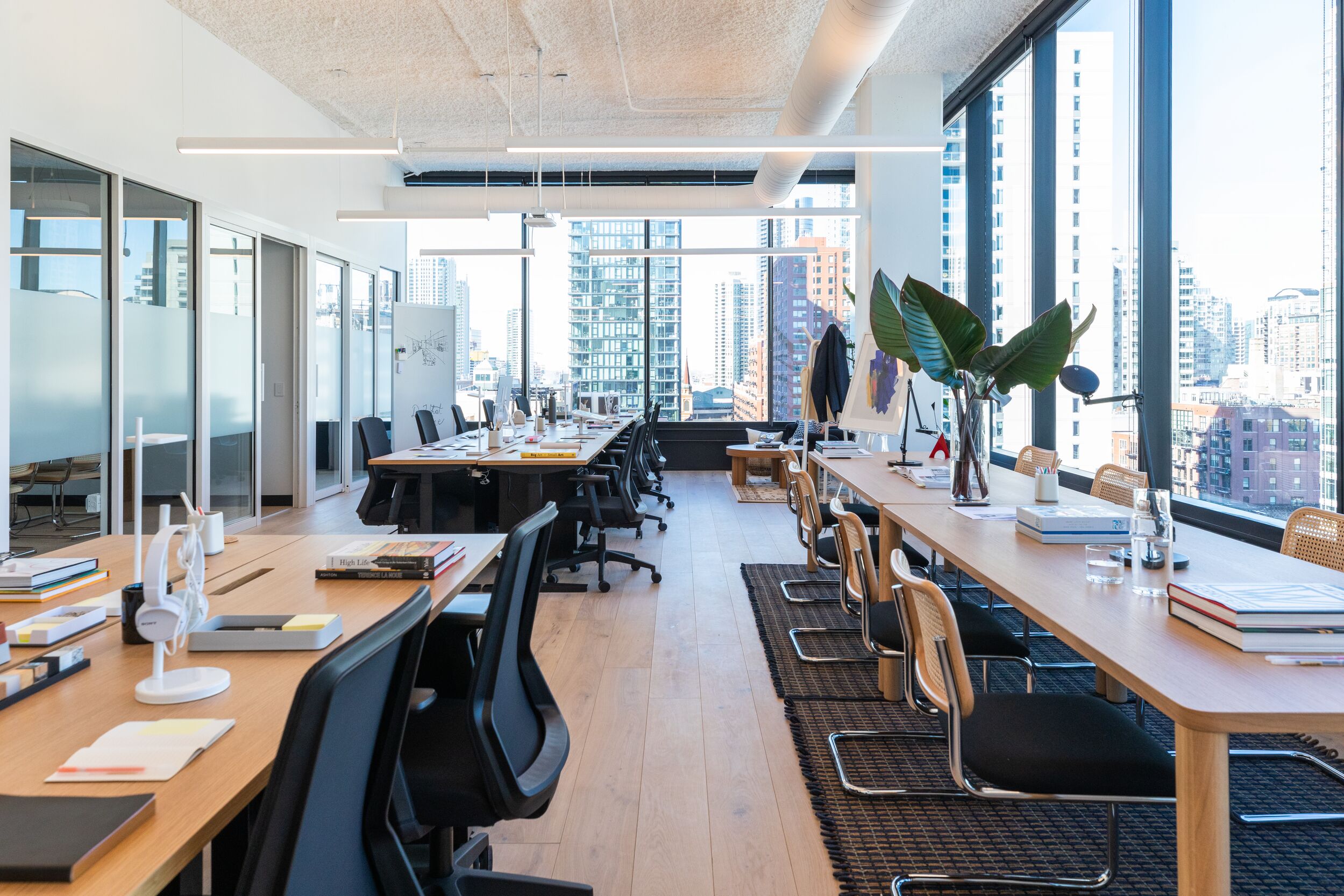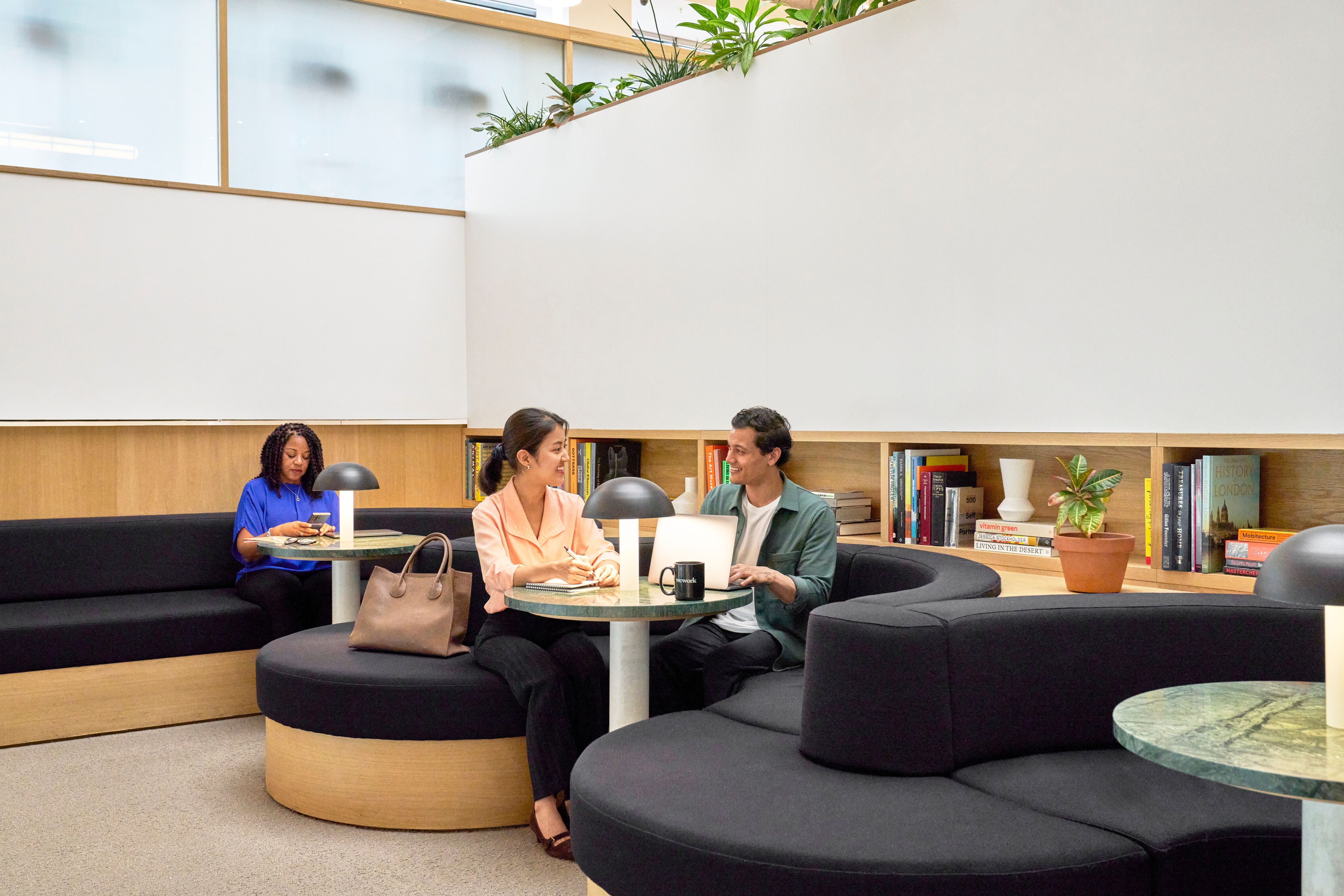This article was originally published in Human Resources Director.
Enhancing company culture has become all the more difficult in recent times, but that shouldn’t stop organizations from trying to embrace the new ways of working. Ensuring that everyone can communicate effectively and even redesigning the office to make it more accommodating should be the priority for every business.
“Human connection is key to driving workplace culture in a hybrid world,” says Balder Tol, general manager, Australia & SEA, at WeWork. “Employers and employees alike are reevaluating the purpose of their offices. One thing that has emerged is the idea that offices should be spaces for people to meet, collaborate, and brainstorm together—and that individual work can be done independently at home or elsewhere. Now more than ever, the office needs to serve a clear purpose and be a place employees want to be.”
Coworking spaces such as WeWork, Servcorp, and The Commons have structured their businesses around creating an environment in which bustling and established professionals can thrive in a community setting. While shared office space locations suffered systematically during the pandemic, they’ve experienced a rebound, as most employees have returned to the office in some capacity, even if it is only one day a week.
Employers need to think about how to satisfy the emotional needs of employees by providing an environment that prioritizes autonomy and choice.
Balder Tol, general manager, Australia & SEA, at WeWork
“At WeWork, our global in-house design team has been able to quickly adapt our design playbook and physical spaces to reflect the evolving needs of this new work era,” Tol says. “Whether it’s more lounge space for informal catchups or more dynamic conference rooms for team onboarding or brainstorming, the combination of a flexible workspace and technology allows us to embrace our collective human nature and bring people together. Employers need to think about how to satisfy the emotional needs of employees by providing an environment that prioritizes autonomy and choice while maintaining opportunities for collaboration and meaningful connection.”
For normal everyday businesses, rebuilding culture can be a difficult process, though there are steps you can take to quicken the process.
Organizing more social events, having more informal gatherings during workdays, and allowing people to chat casually without anyone looking over their shoulders will help build camaraderie once again.
Of course, there will still be some employees who wish to remain at home.
“While tools like Teams, Zoom, and Slack allow us to be digitally connected, the workplace still offers something that no virtual experience can replace when it comes to culture,” Tol says. “To create an inclusive environment for work-from-home employees, it is important to schedule regular moments to come together as well as to pulse-check employee sentiment through surveys and open-door forums to understand how they feel. Building and maintaining a great company culture starts with being clear on what you want to achieve.
“With a hybrid team, it’s important for leaders to inspire, starting with fostering informal interactions with team members: 7 in 10 Gen Z (71 percent) employees feel that a weekly check-in frequency is optimal, with a preference for in-person. These types of interactions don’t happen as naturally in a virtual environment, so leaders need to be more intentional.
“Now is the time to implement changes that benefit the whole organization in terms of productivity, creativity, and well-being, and repurposing the office as a space for collaboration and productivity and injecting greater flexibility into your working policies are key to surviving and thriving in the future of work.”
Working together will always be a part of a company’s culture, and bringing everyone together is now more critical than ever. While hybrid working will remain part of our new working operating structure, building new culture settings will fall to company leaders to set and implement.
Rethinking your workspace?










